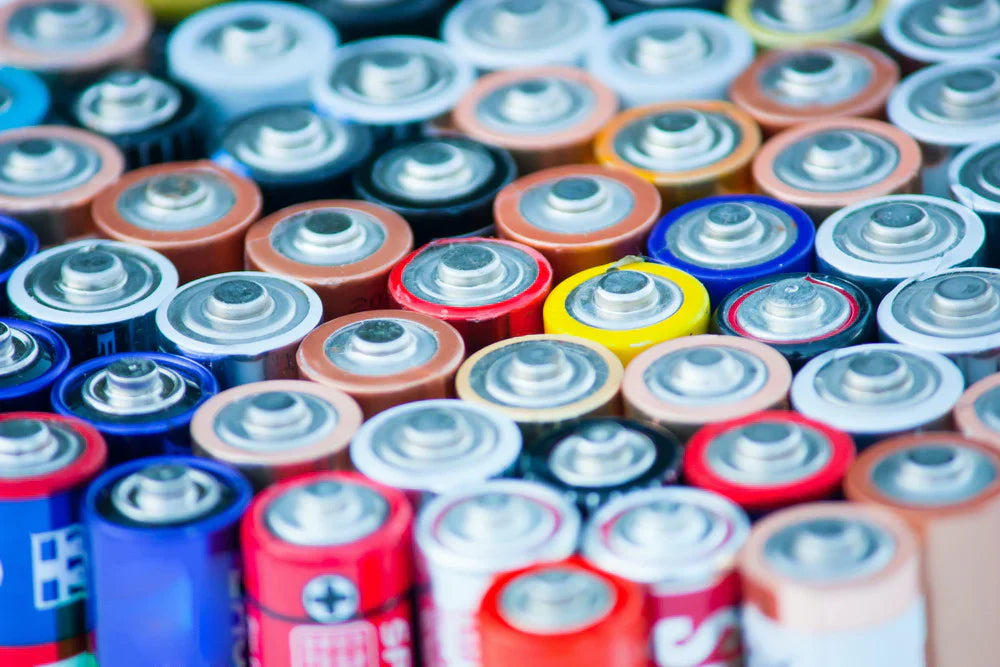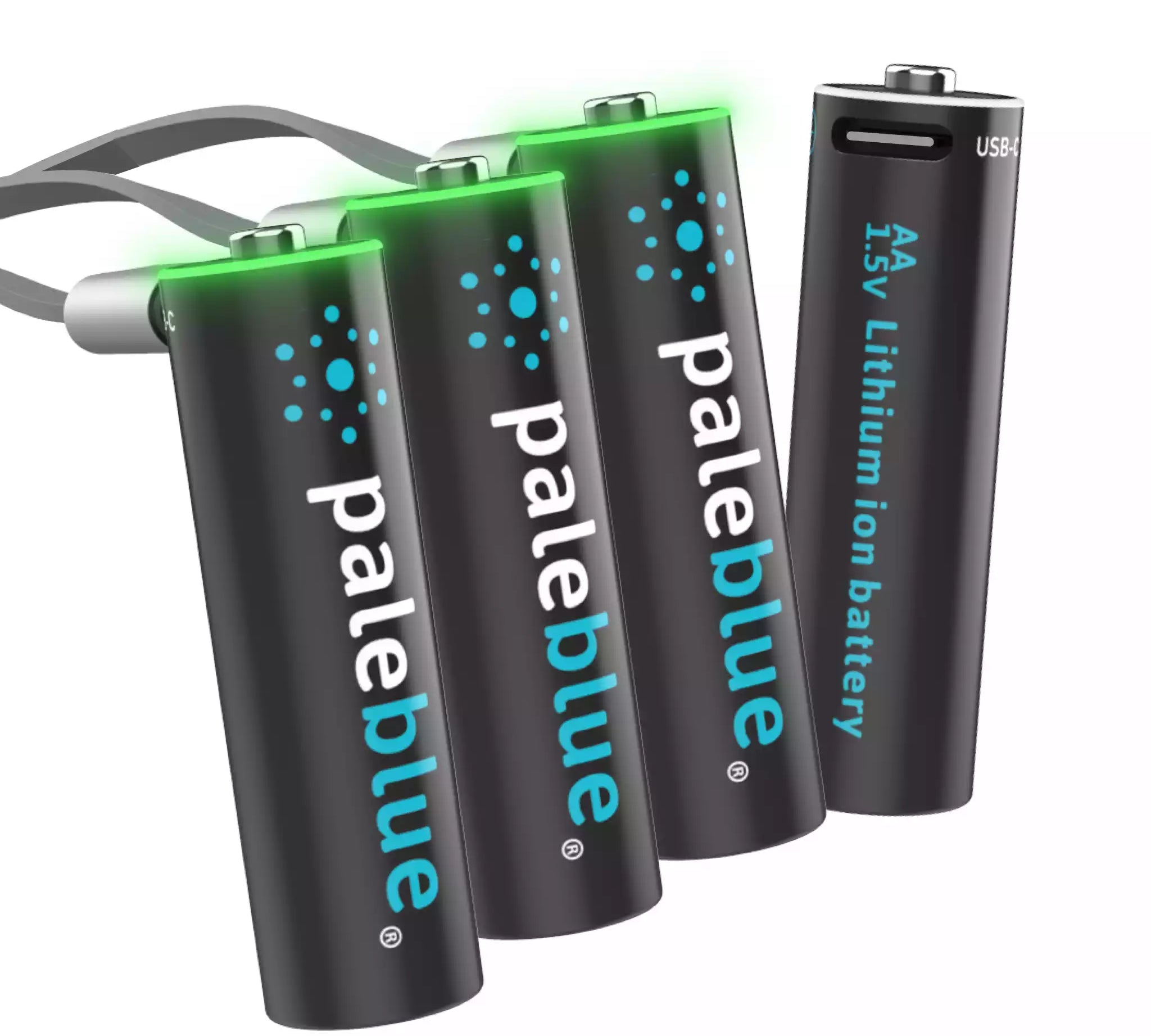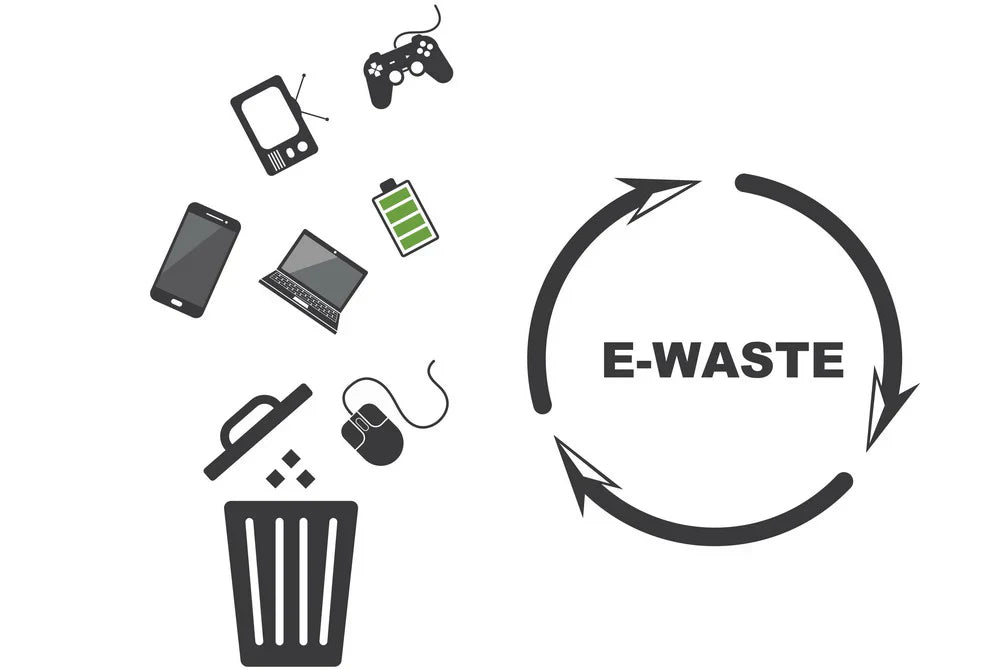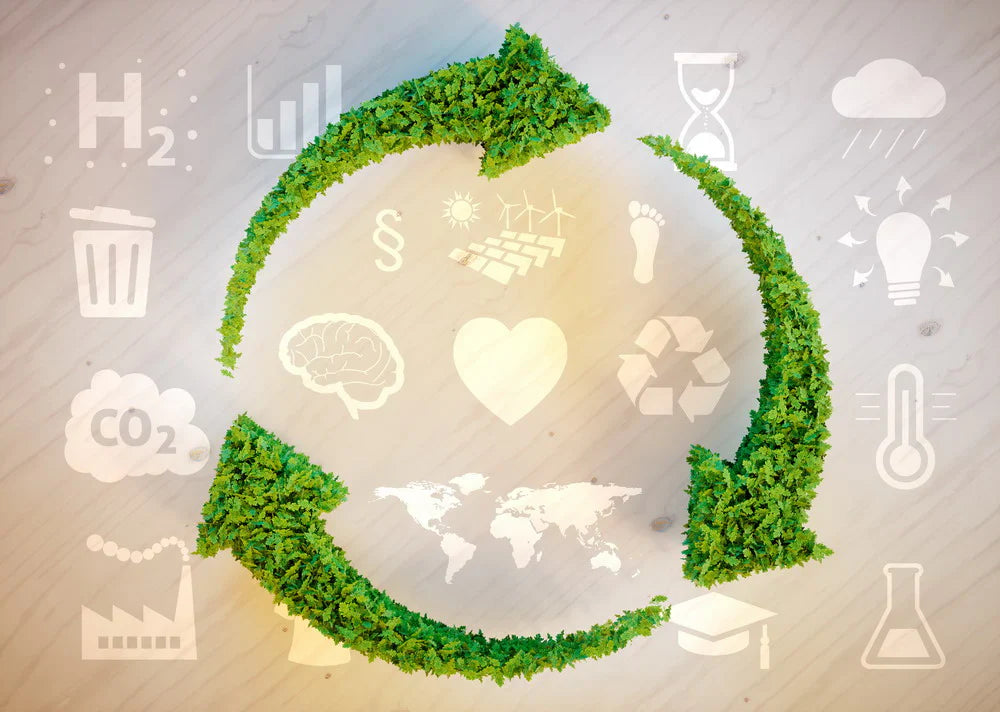Consumer Battery Market Report Offers Good News and Bad

A recent market research report looking at the global consumer battery market appears to be a mixed bag. The Global Industry Analysts report shows the overall market should see significant growth over the next five years. In fact, lithium-ion batteries should do very well. But the report also shows no decline in the alkaline battery sector.
We see the report as offering both good and bad news. We do not necessarily like the bad news, but the good outweighs it. Let's get into some actual numbers and you'll understand why.
Revised Market Growth
The first thing that struck us about this report is that it includes a revised forecast for the consumer battery market. The forecast was revised as a result of market changes brought on by the COVID pandemic. In short, market growth is now expected to be greater between 2020 and 2027 than previously expected.
Overall, the global market is expected to eclipse $52 billion by 2027. It was worth an estimated $41.5 billion just two years ago. A little bit of math demonstrates a CAGR of 3.5% over the eight-year period. That is a good number by most standards.
It is not clear why the results of the pandemic called for an upward revision. Nonetheless, analysts now expect the global consumer battery market to grow at a faster rate.
Lithium-Ion and Alkaline Batteries
Now we get into the good-bad scenario. On the good side, analysts expect the lithium-ion market to increase at 3.1% CAGR through 2027. They expect that our industry will be selling more than $2.5 billion worth of lithium-ion batteries annually by 2027. We see this as a positive due to the reliability and long cycle life of Li-ion batteries, meaning that these batteries should displace the need for many more single use or lower performance rechargeables thus reducing overall waste.
Unfortunately, they also expect the alkaline market to increase by 2.3%. It is less of an increase compared to the lithium-ion sector, so that much is good. Hopefully that signals a future trend of more lithium-ion batteries and fewer alkalines being sold.
Every Little Bit Helps
Regular blog readers know that one of our missions is to permanently displace disposable alkaline batteries by encouraging consumers to buy USB-C rechargeable batteries. We feel the best choice are lithium-ion products. You can help us work toward our goal by replacing all your disposable batteries with rechargeable alternatives. You can also tell your friends and family members about us.
It might not seem like much, but every little bit helps. Just remember that the research report’s $2.5 billion in lithium-ion battery sales represents a lot of individual people like you making the conscious decision to stick with rechargeable products.
We want to see the alkaline battery numbers go down. If a new report comes out next year with alkaline numbers that have been revised downward, we will take that as a sign that progress is being made. If you need encouragement yourself, remember this: every USB-C rechargeable battery you buy represents as many as 999 alkalines you will not have to buy.
The World Can Do Better
We are encouraged by the report in the sense that it shows a higher demand for lithium-ion consumer batteries. For the record, it also shows growth for the NiCad market. This tells us that consumers really do want rechargeable batteries. That is a good thing. But the world can do better. Hopefully, we will.
One way or another, the global market for consumer batteries is expected to continue growing at a good clip over the course in the next five years. That is a reflection of how much we have come to depend on the portability that consumer batteries offer. Where would we be without that portability? Things would be a lot different, that's for sure.
- Tags: Batteries







